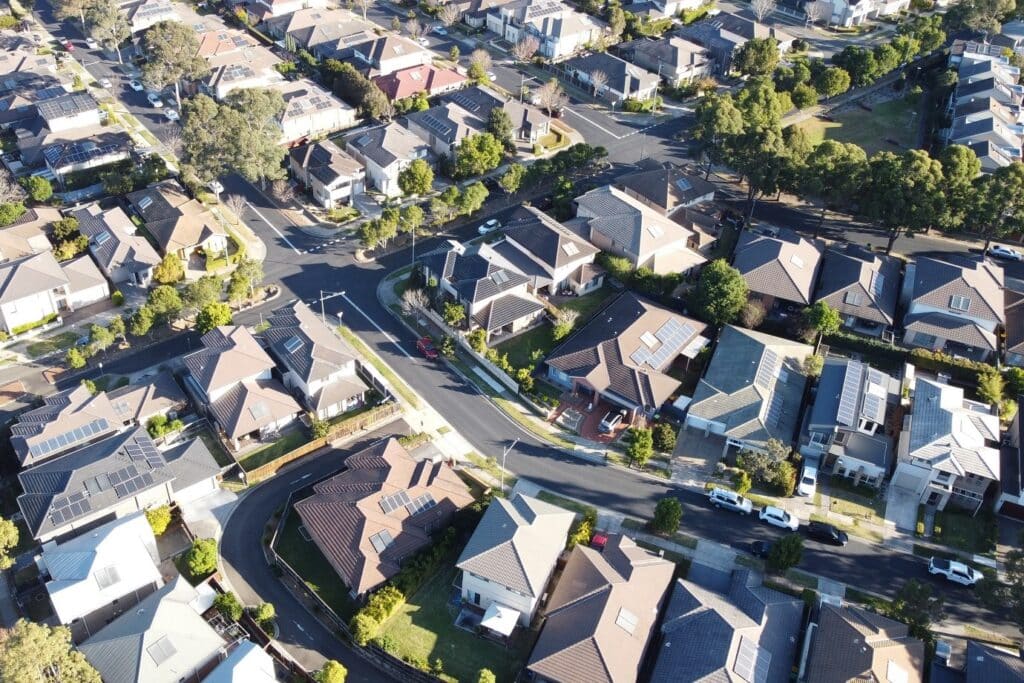A report card on the wellbeing of Australians has been released looking at how things such as life satisfaction, mortality, education and cost of living have changed since the Covid-19 pandemic began.
The insights come from the latest 2-yearly Australian Institute of Health and Welfare (AIHW) report, which uses a variety of data sources to examine the temporary and long lasting effects of the pandemic on the way Australians live and work.
Compared to the findings in the previous edition of the report in September 2021, AIHW Deputy Chief Executive Officer Matthew James said there’s improvement, with life being much more “normal” now than during the pandemic but noting that some things are still quite different than before.
“At that time, many Australians were experiencing lockdowns, only 44.7 per cent of people over the age of 16 were fully vaccinated against COVID and most children aged 12–15 weren’t yet eligible to receive COVID vaccines,” said James.
The report shows that there was a net total of 10,176 ‘excess deaths’ in Australia from the start of the pandemic (January 2020) to the end of March 2023 – this means there were over 10,000 more deaths than had been expected based on previous trends.
COVID-19 accounted for a high proportion of these ‘excess deaths’. In 2022, Covid-19 accounted for 151,400 years of healthy life lost and was the eighth leading cause of total disease burden in Australia.
There were rapid changes during the pandemic in terms of life satisfaction as well– a measure that tends to be fairly stable over time in Australia.
According to an ANUPoll, average life satisfaction was 7 out of 10 in October 2019 (pre-pandemic), and fell to 6.5 in April 2020 and August 2021. It then increased to 6.8, with a slight decline to 6.6 between January 2023 and August 2023.
Working from home was a widespread change caused by Covid-19 as well and looks likely to remain common in the years ahead.
Before 1 March 2020, 13 per cent of people aged 18 and over with a job reported working from home most days according to the ABS Household Impacts of COVID-19 Survey. This more than doubled to around 26-31 per cent between September 2020 and February 2021. By April 2022, 46 per cent of people had worked from home at least once per week in the previous 4 weeks.
The proportion of Australians undertaking voluntary work saw a long-term decline that began before the pandemic and appears to be continuing.
During the pandemic, Australia experienced the largest ever monthly fall in employment and the lowest employment rate in almost 20 years. However, by November 2022, employment rose to record high, and by October 2022, the unemployment rate was at its lowest in 50 years at 3.4 per cent.
Despite this, a cost of living crisis is plaguing Australians as wages have not kept pace with inflation.
In August 2023, 20.2 per cent of Australians reported finding it ‘difficult’ and 10.1 per cent ‘very difficult’ to live on their present income. This is above levels reported before and during the pandemic (18.5 per cent ‘difficult’ and 8.2 per cent ‘very difficult’ in February 2020; 12.6 per cent ‘difficult’ and 4.7 per cent ‘very difficult’ in November 2020).
Over the 12 months to June 2023, median advertised rents increased by 11.5 per cent in capital city areas, according to data from CoreLogic.
And over the past 2 decades, the proportion of the Australian population aged 16 and over receiving support payments has been falling. Income support increased during the pandemic, driven largely by unemployment rates, but has since fallen to pre-pandemic levels.


